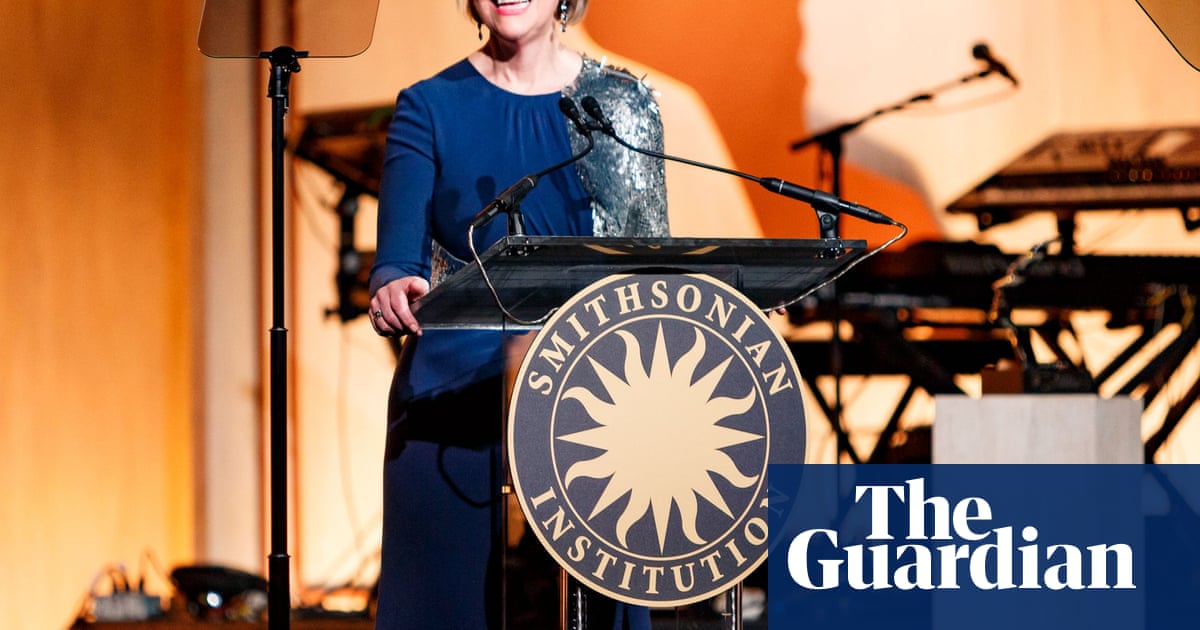The director of the National Portrait Gallery, Kim Sajet, has resigned just two weeks afterDonald Trumpattempted to fire her and accused her of being “highly partisan and a strong supporter of DEI”.
“We thank Kim for her service. Her decision to put the museum first is to be applauded and appreciated. I know this was not an easy decision. She put the needs of the Institution above her own, and for that we thank her,” Lonnie Bunch, the Smithsonian secretary, wrote in a Friday internal email that was obtained by multiple outlets.
“We are grateful to Kim for leading the National Portrait Gallery with passion and creativity for 12 years. Throughout her tenure, she has reimagined and reshaped the impact and storytelling of portraiture.”
The announcement comes after the Smithsonian Institution earlier this weekrebuffed Trump’s attempt to fire Sajet,with the museum’s governing board asserting its independence and turning away the president’s claim of authority over the institution’s staffing.
Trump announced on 30 May that he had fired Sajet, calling her a “highly partisan person, and a strong supporter of DEI, which is totally inappropriate for her position”.
His attack focused, among other reasons, on her Democratic political donations and her rejection of a pro-Trump painting by artist Julian Raven. Sajet reportedly told Raven his artwork was “too pro-Trump” and “too political” for the gallery, the artist toldthe Washingtonianin 2019.
In a statement on Monday, the Smithsonian’s board of regents declared that “all personnel decisions are made by and subject to the direction of the secretary, with oversight by the board”. The statement did not name Sajet or mention theTrump administrationdirectly.
Following Trump’s announcement, Sajet continued reporting to work throughout early June, creating a direct confrontation between the White House and the Smithsonian Institution – the country’s flagship cultural institution that has a 178-year-old governance structure built against political interference.
Appointed in 2013, Sajet became the National Portrait Gallery’s first female director. Kevin Gover, undersecretary for museums and culture, has replaced her as acting director of the museum.
In a statement shared by the internal memo on Friday, Sajet said it had been “the honor of a lifetime to lead the Smithsonian’s National Portrait Gallery”.
“This was not an easy decision, but I believe it is the right one,” she wrote. “From the very beginning, my guiding principle has been to put the museum first. Today, I believe that stepping aside is the best way to serve the institution I hold so deeply in my heart.
“The role of a museum director has never been about one individual – it is a shared mission, driven by the passion, creativity, and dedication of an extraordinary team.”
A statement from a White House spokesperson, David Ingle, reads: “On day one,President Trumpmade clear that there is no place for dangerous anti-American ideology in our government and institutions.
“In align with this objective, he ordered the termination of Kim Sajet. The Trump Administration is committed to restoring American greatness and celebrating our nation’s proud history.”
